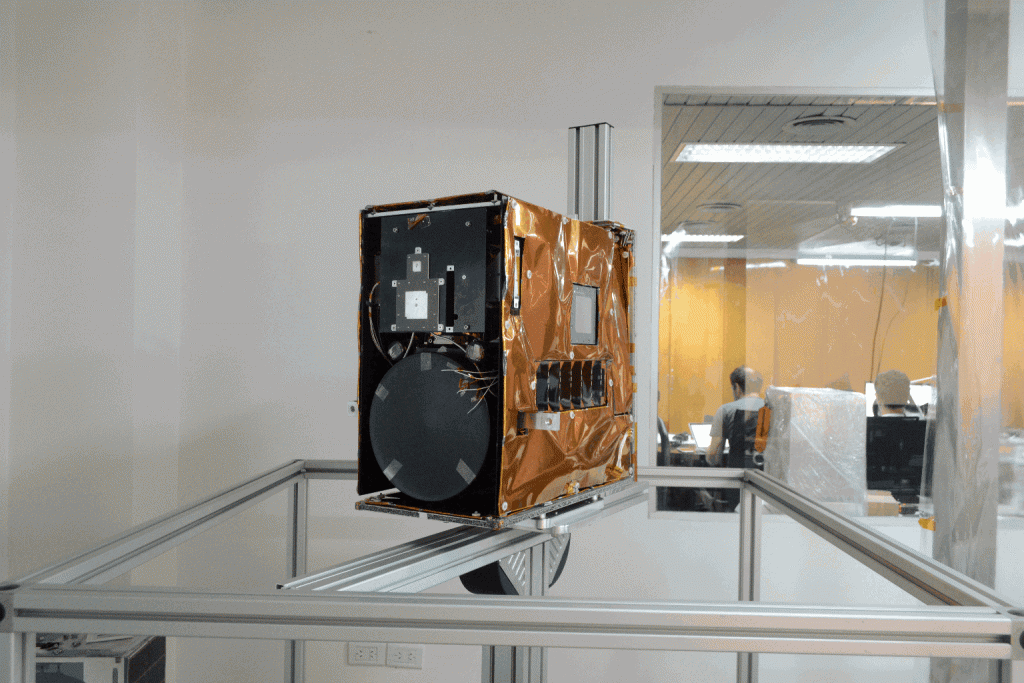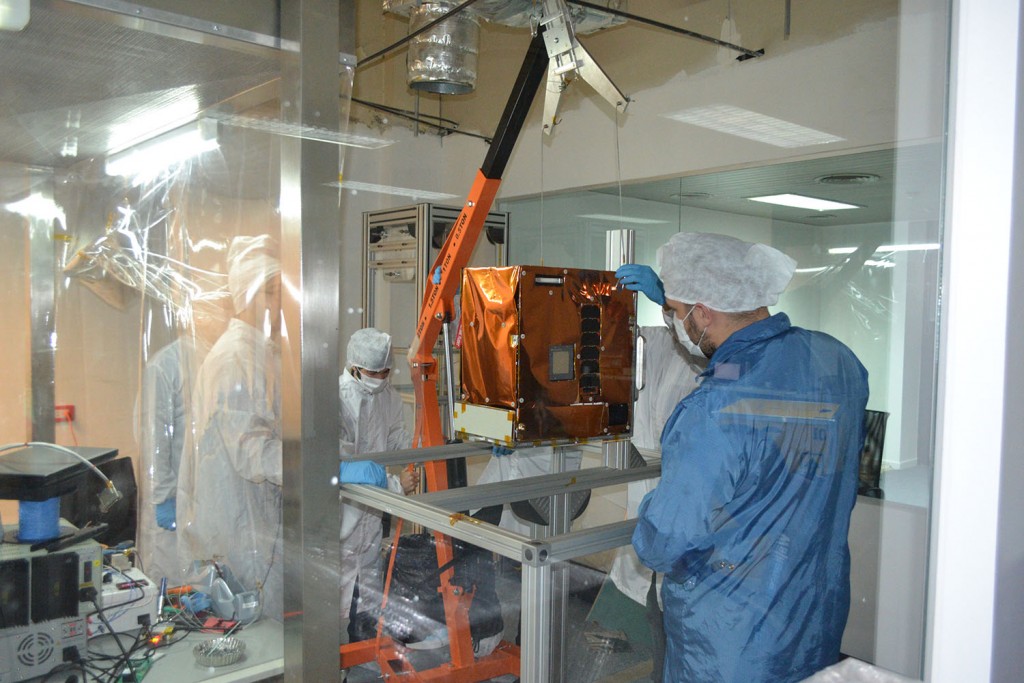Emiliano Kargieman has big plans for Satellogic that involve launching a constellation of 300 satellites, and the Permian Basin could be a primary benefactor.
Al Pickett, special contributor
When I was a youngster, I remember visiting my grandfather on his farm and seeing a plane flying low over a pasture near his house.
He explained to me that the plane was flying over a pipeline that ran through his pasture, and that the pilot was inspecting the pipeline.
More than 50 years later, things haven’t changed that much. Pipelines are still inspected by crews walking the rights-of-way or by planes, helicopters, and now even drones flying over the pipelines.
If Emiliano Kargieman has his way, that could be changing. Kargieman is the CEO of Satellogic, a multinational company that is building the first distributed satellite platform connecting a mesh network that will monitor the living earth in real time.
Although Kargieman admits he knows very little about the oil and gas industry and he has never been to the Permian Basin, his latest venture could have a profound impact on both the midstream and upstream business in West Texas. In fact, Kargieman was recently honored for his work with Satellogic with the “Most Likely To Impact The Lives Of One Billion People” award from NASA’s Ames-based Singularity University.
Kargieman, who grew up Buenos Aires, Argentina, is a mathematician and has spent more than 20 years building technology and technology companies. He was named the Ernst & Young “Emerging Entrepreneur of the Year” for Argentina.
“I started my first software company at the age of 15,” Kargieman said. “Most of my work has been in information security.”
He co-founded Core Security, developing pioneering work in the information security and software industries.
“In 2009, I started thinking about deploying sensor satellites and applying some of the things I learned for data collection,” Kargieman said. “The problem was the cost of a traditional satellite, which could be as much as $100 million per satellite.”
Instead, Kargieman’s new company Satellogic decided to build its own satellites from scratch with the latest available components and its own proprietary actuator, sensor, and camera technologies. Its platform is designed to allow for an unprecedented number of imaging and data streams for the agriculture and oil and gas industries, as well as government applications and solutions to monitor environmental changes on earth.
Satellogic launched its first prototype satellite, CubeBug1, in April 2103, and later that year launched CubeBug2 for orbital testing of the components and science. The company’s third satellite, its first commercial-grade, high-resolution imaging satellite, was launched from Russia’s launch base Yasny in mid-summer 2014.
“It was all experimental until this year,” Kargieman said. “We were working with future customers. That will translate to actual contracts in the second half of this year. We will be living the experiment.”
Satellogic launched its first two high-resolution satellites in May, and Kargieman says the constellation will grow to six later this year.
“We are looking at growing that number up to 25 in 2017,” he says. Company officials say they hopes to eventually have 300 satellites in orbit by the end of 2020.
“This can be a real advantage for oil and gas companies that have upstream or midstream assets over a large area,” he explained. “They can monitor those assets for environmental and security reasons. It will allow for more consistent monitoring of those assets in comparison to the traditional methods of having crews walking the pipelines or using planes or helicopters. It is a good opportunity for oil and gas companies to reduce costs. We have a more efficient and more affordable way to monitor their assets from space.”
By the time Satellogic has six satellites in orbit later this year, they will have a revisit time anywhere on earth of approximately 1.5 hours, according to Kargieman, and that could decrease to around five minutes by the time the company reaches the eventual constellation of 300 satellites by 2020.
He claims the satellites have the ability to monitor oil and gas pipelines anywhere on earth and rapidly deliver valuable and timely insights to pipeline owners and operators spanning a wide array of critical information, such as change detection, and security breaches. The satellites may even prompt accident and disaster response.
“There are applications for not only security but also operations and planning purposes,” he continued. “We are focusing on the oil and gas industry and agriculture.”
The virtual telemetry will process the images and identify alerts and threats, anything that could trigger an alarm on the customer’s computer or laptop, according to Kargieman. He claimed Satellogic’s high-resolution satellite constellation can rapidly analyze the vast amounts of data it will collect, enabling the company to offer scalable and actionable decision-making solutions to the oil and gas industry at a fraction of the price of current solutions. Using a mesh network in which the satellites will have the ability to talk to each other as well as relaying information for Satellogic’s customers, the company’s final constellation will have the ability to deliver more affordable high-resolution images and video in an unprecedented rate of frequency, according to Kargieman.
Satellogic has manufacturing operations in Argentina, Uruguay, and Israel, as well as in the San Francisco Bay area. Kargieman currently lives in his native Argentina, although he says he is moving soon to San Francisco. Indeed, Satellogic has a presence around the world, but it is now offering the oil and gas industry a unique new solution from out of this world… space, that is.
For more information on Satellogic, or to reach Kargieman, go to the company’s website, www.satellogic.com.













